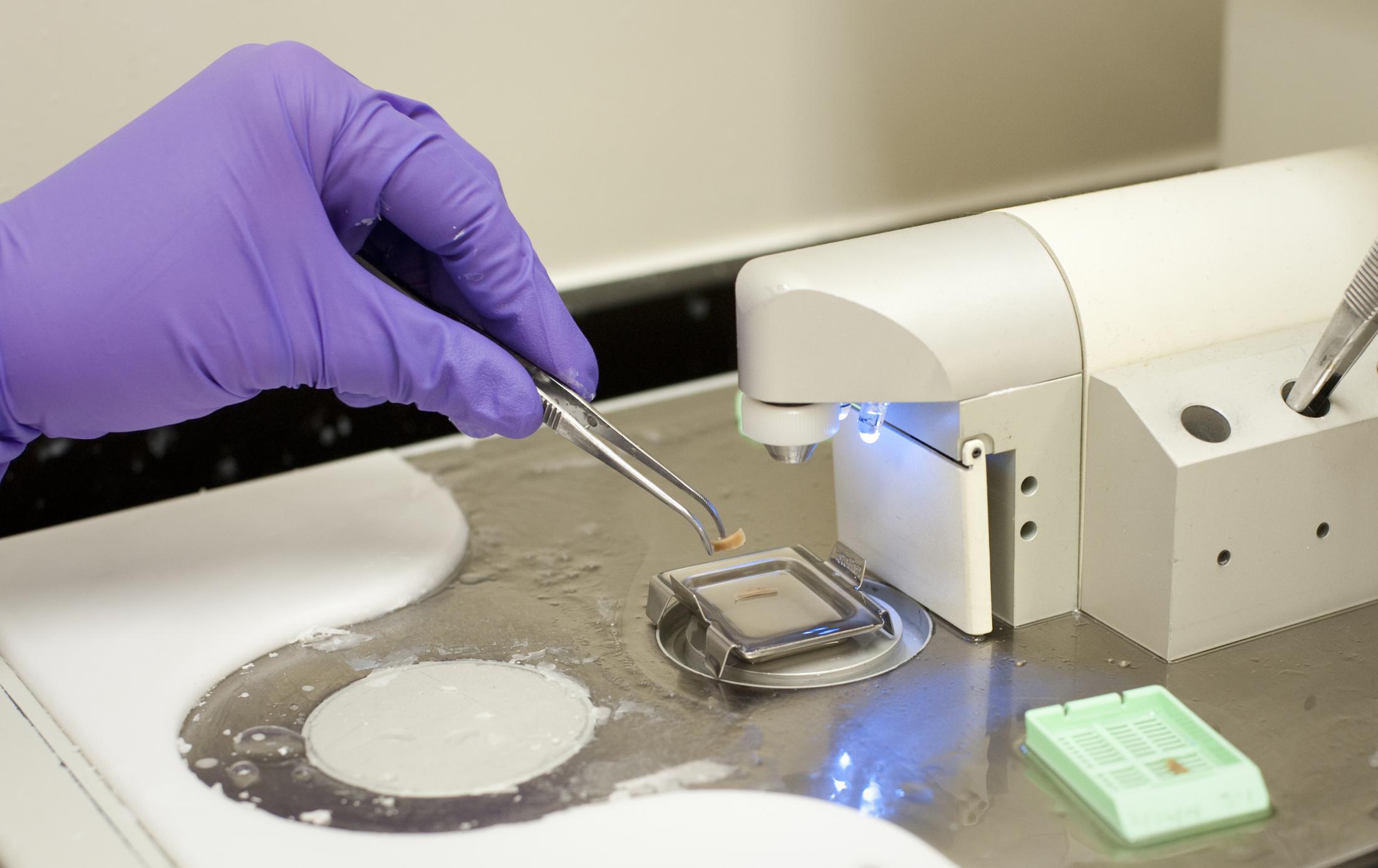Integrative Health Sciences Facility Core

The hub of disease and biomarker research, the Integrative Health Sciences Facility Core (IHSFC) is a liaison to animal laboratories, human clinical studies, tissue biorepositories and statistical support that connects EHSC researchers' work with CEC and community partners.
Our responsibilities:
The IHSFC provides researchers with access to experts and resources in multiple colleges, schools and centers, including:
- Animal Models: This subcore capitalizes on the premier Mouse Biology Program, the renowned California National Primate Research Center, and a unique Behavioral Assessment Laboratory, supporting science that examines the mechanisms that explain epidemiologic study findings and connects findings from molecular and cellular studies to human health. Genetically engineered mouse models including humanized knock-in mouse models are available to conduct mechanistic studies in vivo and to improve the translational aspect of data interpretation from in vivo studies.
- In vitro models: The subcore provides help to establish cell culture assays to test toxicity and effects on immune responses induced by environmental pollutants. The cell culture models consist of various human and mouse-derived epithelial cells, and endothelial cell lines, as well as several immune cell types. The in vivo and in vitro models can be designed to investigate specific mechanisms involved in toxicity and inflammatory processes associated with air pollution exposure.
- Biostatistics: Two biostatisticians are dedicated to environmental health and omics research, providing essential services to interdisciplinary teams, such as helping with experimental study design, reframing the scientific question into a testable hypothesis, and identifying the best analyses. The biostatistics subcore also helps interpret results in the context of the problem and grant writing, including statistical plans and sample size calculations. This approach helps weave together the strengths of each discipline to increase the quality of environmental health research and strengthen the inference from experiments, observational, and community-based studies. To schedule a consultation, please contact Dr. Kyoungmi Kim (kmkim@ucdavis.edu) to schedule an appointment.
- Biomarkers: The Biomarkers subcore partners with the Genome Center and West Coast Metabolomics Center for exposure and genome, epigenome, transcriptome, and metabolome signatures. In partnership with the CTSC, the IHSFC has collaborated in developing an interactive web-based system to facilitate access to biological specimens and data from well-characterized study populations. The Virtual Biospecimen Discovery (VBD) is a searchable database containing metadata on over 200,000 biospecimens from a dozen tissue banks (both human and animal). Learn more and access the VBD here.
- Translational Research: Partnering with the Clinical and Translational Science Center’s Clinical Trials Resource, this subcore provides assistance with experimental design, IRB submissions, and regulatory compliance to promote human subjects research on environmental chemical exposures and accelerate the development of public health interventions.
- Community Engagement Core: The IHSFC works with CEC to foster scientist/community partnerships to plan, conduct and interpret environmental health research projects in targeted communities.



